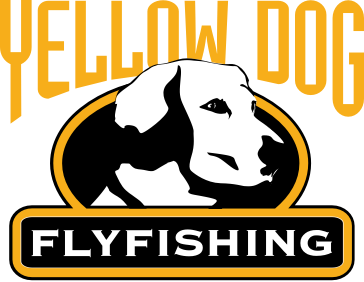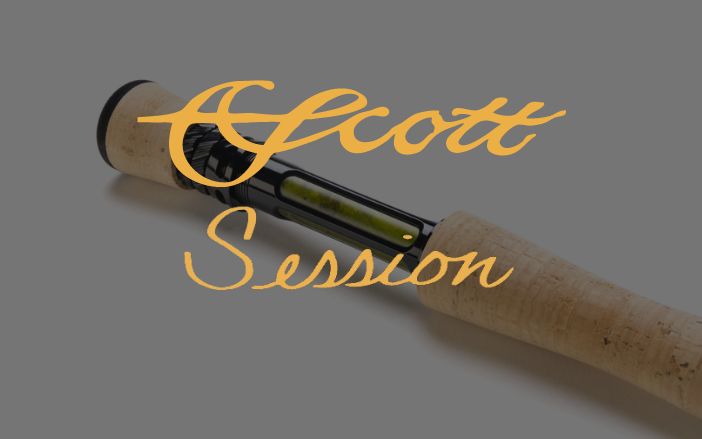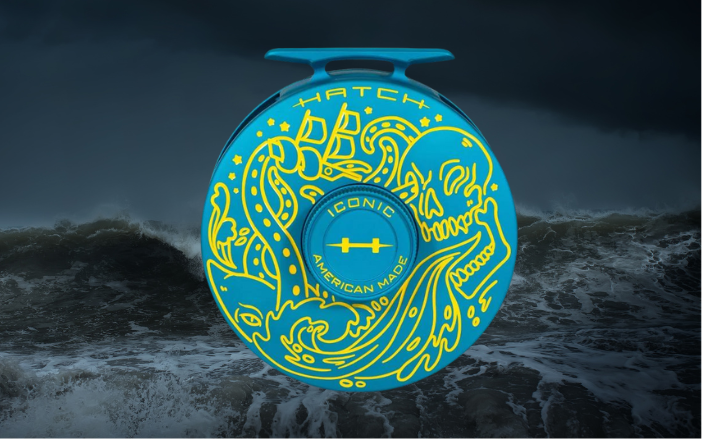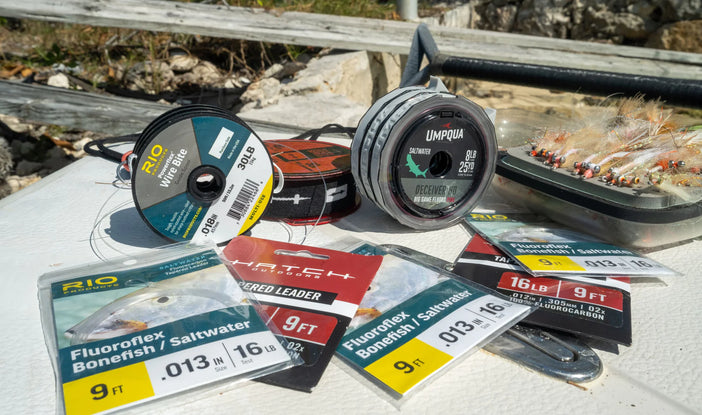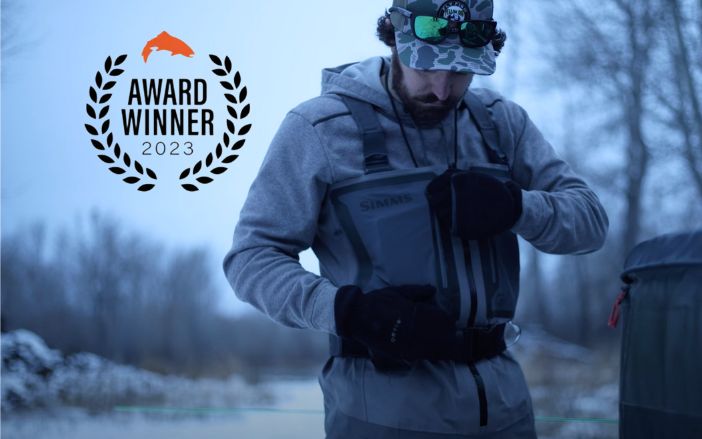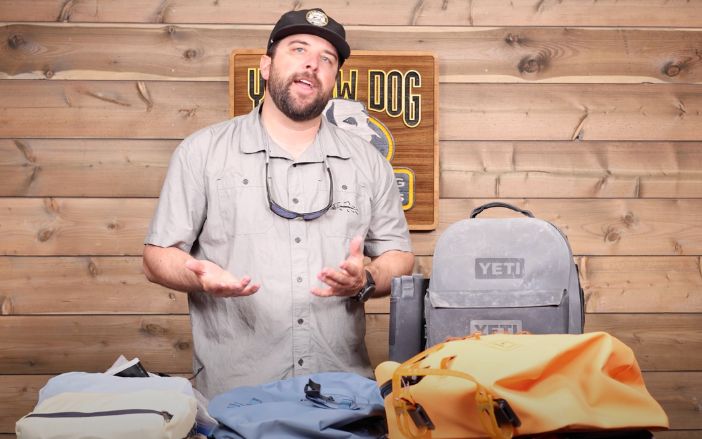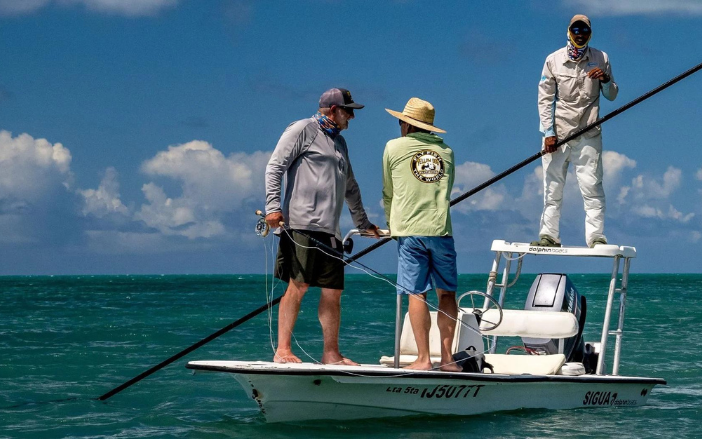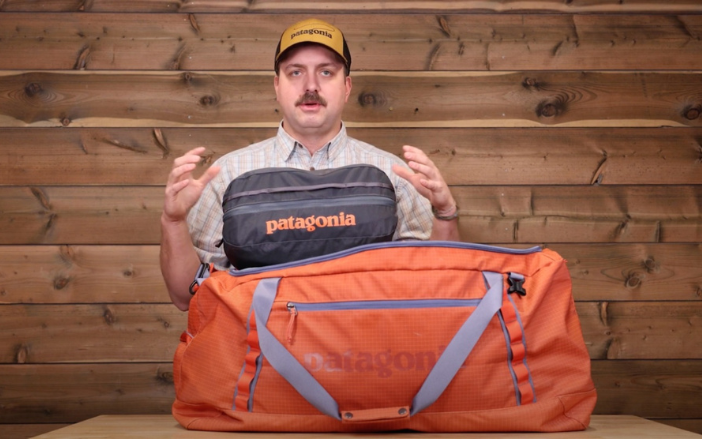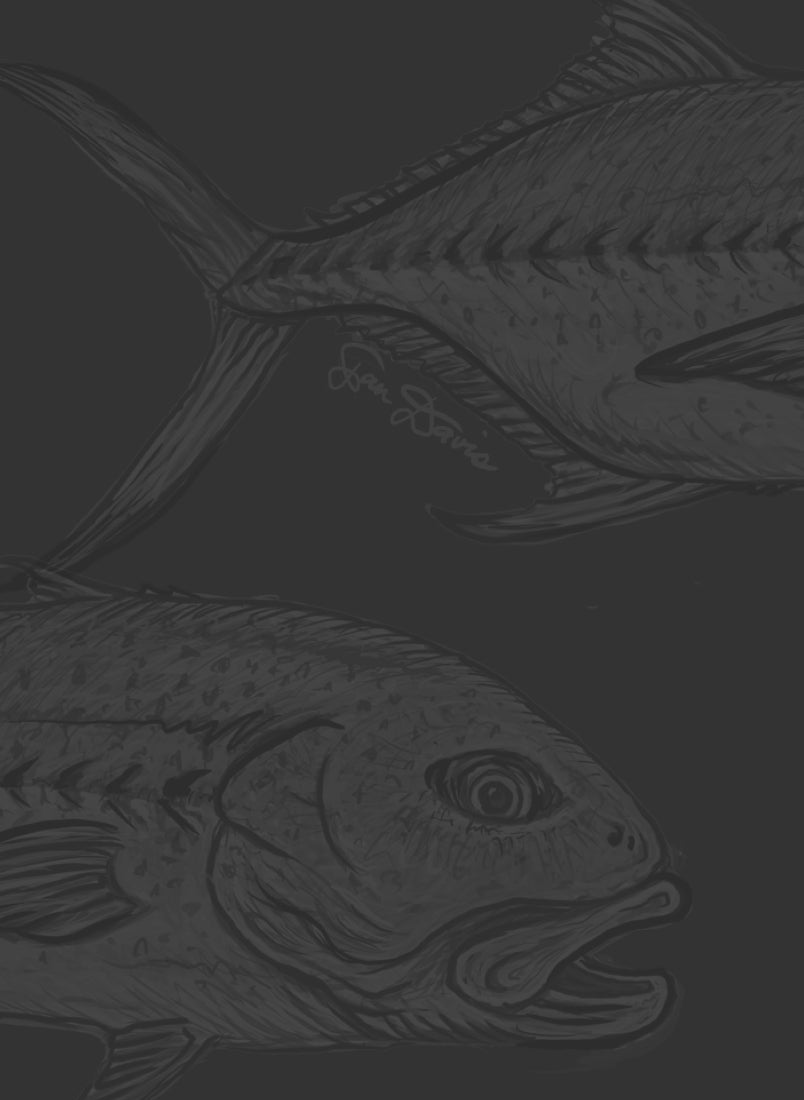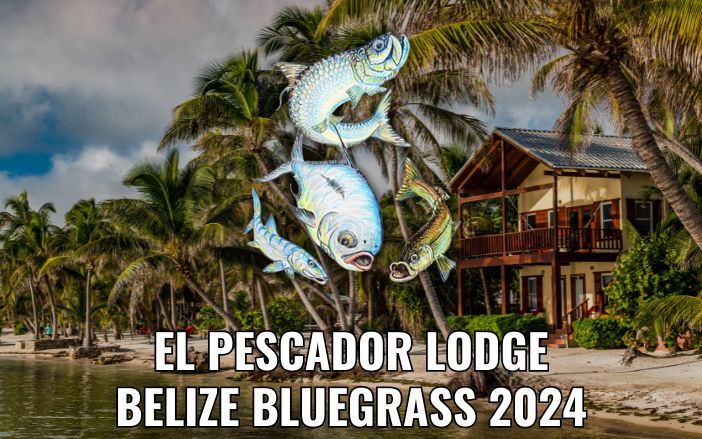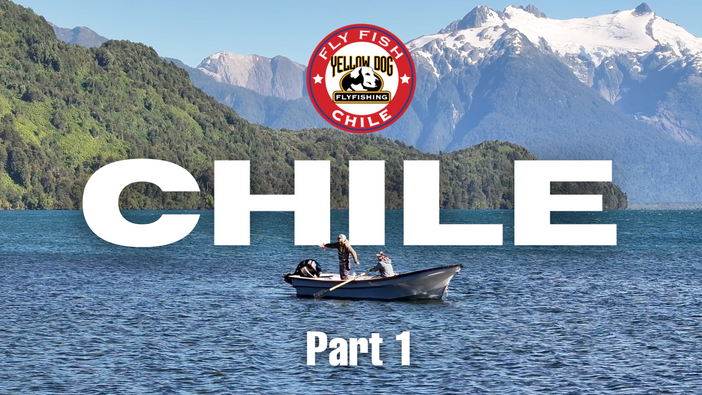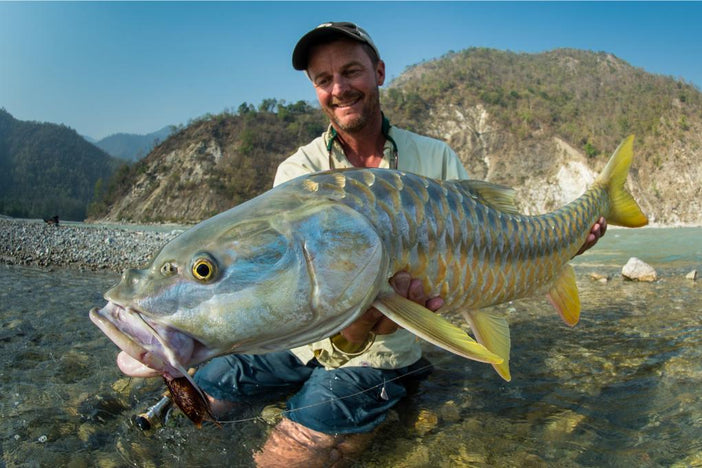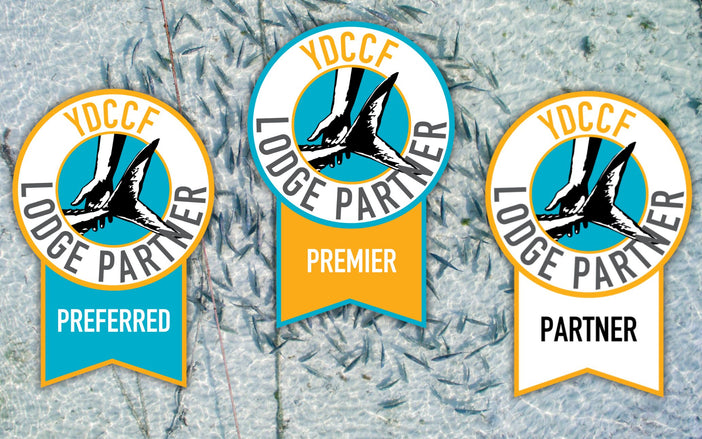Fly fishing the Yucatan’s west side
By Steve Jensen
The 20-minute ride in the dark across the bay and north along the coast was uneventful. We were in a modern flats boat, there was no wind, and the water was glass smooth. The night before, at the suggestion of our host and in anticipation of the 4:30 a.m. departure, we had rigged our rods in the comfort of our hotel room. Now it was a matter of trying to control the butterflies in our stomachs, as we were about to experience our first encounter with baby tarpon.
Our guide, “Pechuga” (his “guide name,” not his real name), shut down the big motor, grabbed the long fiber glass pole and scrambled up onto the poling platform. He quietly poled the boat toward the faint outline of the mangrove forest visible against the first light. Along with other sounds of the night, there was also a soft slurp-pop near the mangrove forest. “Sabalo,” our guide said, using the Spanish name for tarpon.
“Forty feet, eleven o’clock, cast, cast, cast,” Pechuga said, as I stood ready on the bow of the boat. I somehow managed to get the fly in the general vicinity he indicated. “Wait ... wait ... strip, strip, strip,” Pechuga instructed. On the third or fourth strip, the water under my Black Gurgler exploded.
Forty years of trout fishing experience took over and I instinctively lifted the tip of the rod to set the hook, only to watch my gurgler flutter back to the water about 10 feet from where the strike occurred. I had just committed the worst sin possible when it comes to tarpon fishing: Never, ever lift your rod tip to strike a tarpon.
For many of us freshwater anglers who have been conditioned to strike a fish in that manner, it is a tough habit to break. But if you want to hook a tarpon, break it you must! The rod should be held with the tip low and pointed directly at the fly. When the tarpon takes the fly, you do nothing until the fish turns and you feel pressure.
Then you strike with the line hand while keeping the rod pointed at the fish. As soon as the fish feels the hook, it will go aerial through a series of spectacular jumps. On my four trips to Campeche, I’ve landed a significant number of baby tarpon but missed many more due to poor hooking technique. Think of the tarpon’s mouth as a piece of concrete that you must penetrate with the hook point.
Rods and Reels
Although I strongly advocate taking a backup fly rod in case of accidental breakage, a good 8-weight saltwater rod is all that you will need. It will allow you to cast in windy conditions and has more than enough backbone to handle even the largest of the baby tarpon.
In my opinion, in this type of fishing, the reel functions only to hold the line. Fishing among the mangroves requires immediate control over the tarpon, and you seldom have the opportunity to get the fish on the reel. I think of it as hand-to-hand combat of the finest kind. The exception is if you move away from the mangroves and fish the deeper water of the flats. Even then it is rare that you would need to get the tarpon on the reel. Most of the tarpon’s fight is vertical; they really aren’t known for
long runs.
Lines, Leaders and Flies
You need both a floating and a sink-tip line, although more than 90 percent of your fishing will be with the floating line. Personally, I’m a big fan of the new, crystal-clear lines currently being marketed by Scientific Anglers and Airflow. I think they
Leaders can be as simple or complex as you wish to make them. Many of the locals use a single 8- to 11-foot piece of 40-pound monofilament. I favor a leader consisting of 5 feet of 30 pound, 4 feet of 20 pound and a 2-foot bite tippet of 40-pound. I find I can present the fly more accurately with the tapered leader. I also prefer using fluorocarbon for my leaders, but my friend Alex, jefe (boss) of
Campeche Tarpon, tells me that fluorocarbon material sinks too quickly. It is important to check your leader for abrasion after every fish.
Many different flies are effective for attracting baby tarpon in the Campeche region, and an outstanding local flytier, Eduardo Arece Ortiz, is constantly developing new patterns for the area. The characteristics that successful flies have in common are their relatively small size (size 1 or 1/0 hooks), sparse dressing and liking to swim in the upper portion of the water column. I particularly like four of his sparsely tied
Tarpon Toads (chartreuse, red/white and banded), a purple/black EP Tarpon Streamer and, my favorite, the Black Gurgler. I credit the Gurgler with 70 percent or more of the tarpon I landed.
The Fishery
The Yucatan Peninsula extends like a thumb into the ocean. The Cancun (east) side of the peninsula is on the Caribbean Ocean with its extensive network of large bays and sandy beaches. Its flats are home to bonefish, permit, snook and tarpon. The
Campeche (west) side of the peninsula is on the Gulf of Mexico with extensive mangrove forests, creeks and small lakes. The predominant gamefish here is the baby tarpon. A species of small snook is present, as well as a few larger snook. Bonefish and permit don’t occur in the Campeche region.
The term “baby” tarpon, although not especially accurate, differentiates these tarpon from the big brutes with which we normally associate the name tarpon. It is convenient to think of any tarpon under about 40 pounds as being a “baby tarpon” while those larger than 40 pounds as being a tarpon. The baby tarpon in the Campeche area range from about 5 to 20 pounds.
Except immediately following major storms, the Gulf of Mexico in the Campeche area is shallow and crystal clear. With few exceptions, that means most of the baby tarpon fishing is sight-fishing. The exceptions are fishing in the dark, casting into heavily shaded areas of the mangroves or fishing deep rivers during low tide. In most instances you will see the fish before you cast, and it isn’t uncommon to watch the tarpon inhale your fly. Controlling your reactions while observing a fish swim to your fly was a real challenge for me.
Tides and Mangroves
The tides significantly impact the movement of the tarpon during the day. As a general rule, each 24-hour time frame has two periods of high tide and two periods of low tide. Although there isn’t a great vertical difference between the two tides, usually 3 feet or less, the fluctuation greatly influences the feeding behavior of the tarpon.
During periods of low tide, the baby tarpon are found in deeper water away from the shoreline or in brackish rivers that drain the mangrove forest. But as the tide rises, the tarpon move toward the shoreline along the edges of the mangroves. This is when the fishing is at its absolute best. In fact, the ideal situation to hook baby tarpon is on an incoming tide just prior to daylight.
At high tide, the tarpon are generally in the mangroves feeding on shrimp, crab and small baitfish. At this time the guides will pole the boat up small creeks and into large openings they call lakes in the middle of the mangrove forests. Here it is possible to get some good casts to small schools of baby tarpon.
Once the tide begins to fall, the tarpon will vacate the mangroves and move back into deeper water. This is probably when success at hooking baby tarpon is at its lowest point. Several factors work against the angler: First, the tarpon seem to be moving much more quickly, as though they are on a mission to reach deeper water, and they generally show little or no interest in your presentations; second, the falling tide carries with it much of the debris from the roots system of the mangroves.
A pristine cove will suddenly be covered with dead mangrove leaves, making it difficult to fish a fly without fouling it. At this point, the guide may opt to move to one of the rivers draining the mangroves where you may fish in deeper water with a sink tip and a weighted fly. Nevertheless, it can be an incredible experience. One sunny afternoon I stood on the bow of the boat in total awe as a train of several hundred baby tarpon streamed out of the mangroves, heading for deeper water.
Getting There
Campeche does not have an international airport. While it is possible to fly into Mexico City and then take a regional flight directly into Campeche, I’ve been told it is a real hassle to do so. The alternative is to fly into a city on the Yucatan and then use ground transportation to arrive at your final destination. Cancun is an obvious choice, but because it is an approximately five-hour drive from Cancun to
Campeche, most outfitters provide this service only at added expense. Several U.S. cities, including Houston, Dallas and Miami, have direct flights into Merida. Merida is only a two-hour drive north of Campeche, and the price quoted by the outfitters includes round-trip transportation from Merida to Campeche. Of the four times that
I’ve made the trip to Campeche over the past several years, this is the route I’ve taken. I can also report that the drivers taking you to and from Campeche are excellent. They are hired through the Department of Tourism, and their vehicles must display some type of special sticker to allow them to pass quickly through the various checkpoints along the way.
The City of Campeche
With a population of 250,000, Campeche is a city of many delights. Rich in history, it is one of the cleanest and most beautiful cities in Mexico. Within the city is a large, interesting market, many small shops, museums, fine restaurants and other attractions. Designated in 1999 as a UNESCO World Heritage site, Campeche has much to offer the whole family.
Within easy driving distance are some of the best examples of Mayan ruins found in Mexico. Edzna, Chicanna and Balamku are preserved sites that are as large and as spectacular as the more famous ruins at Chichen Itza. Most outfitters can arrange guided tours to these sites as part of your experience. On my first visit to
Campeche, my wife accompanied me. We were lodged in the beautiful, air conditioned Hotel Plaza Campeche near the square and within walking distance of two premier restaurants: Restaurant Marganzo and Restaurant La Pigua. The food was excellent and one of the highlights of the trip. Another impressive feature of
Campeche is how safe we felt; the people are friendly without being intrusive, and we walked around at night without any fear of harm.
Several fly shops and fly fishing travel agencies book trips to Campeche. My experience has been limited to one: Yellow Dog Fly Fishing Adventures (www.yellowdogflyfishing.com).
It was through them that I was introduced to Alejandro Hernandez, owner and operator of Campeche Tarpon. My good friend Alex is not only an excellent host but also runs a classy, guided-fishing operation. If baby tarpon fishing is on your bucket list, I highly recommend his organization.
